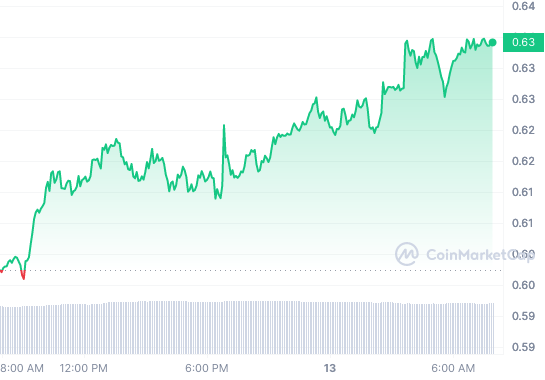

Cryptocurrency coins market software#
In particular, Zipf's Law has been identified as a ubiquitous empirical regularity for firm sizes , city sizes , connections between Web pages , connections between open source software packages , etc.-manifesting as a power-law distribution of sizes with a unit parameter, such that Pr ∝ x −1 for sufficiently large size level, x. For instance, in, their ecological model predicted a gradual drop of Bitcoin to 50% of the total market capitalization in a decade from now, but that same drop then happened within months of the paper being published.įor guidance, we look to fundamental work on the nature of growth of firms and other entities. Focusing on overall market dynamics and growth mechanisms, some models have been proposed, but failed to reliably explain the market dynamics. This includes: economics, network properties, social signals and price dynamics.

Regarding academic studies of cryptocurrency, aside from some comprehensive surveys, studies have mostly focused on Bitcoin. Unsurprisingly, regulators are watching the space, and their early statements about potential regulation send shock waves through the market. 3 At the same time, well-known figures from central banks, governments, financial institutions and other status quo agents have censured the cryptocurrency space-calling it a ‘scam’ with zero fundamental value. A range of disruptive use cases, some more speculative than others, are foreseen. Growth potential and market action have therefore attracted huge attention among retail and institutional investors, who are rushing into the new ‘crypto-world’, 2 whose hype is based on the key promise that cryptocurrency technology can deliver decentralized systems that avoid trust and reliance upon centralized authorities, and keep power in the hands of the users. In an overall story of tremendous growth, by February 2018 around 1500 cryptocurrencies existed with their total market capitalization hitting an all-time high of $830 billion on 7 January 2018, and then crashing to $280 billion in the following month-a sensational drop, but only partially undoing gains made in Q4 2017. From its techno-libertarian beginnings, Bitcoin, and a host of other cryptocurrencies have turbulently erupted into the mainstream. In 2008, under the pseudonym Satoshi Nakamoto, the decentralized cryptocurrency Bitcoin and its innovative and disruptive blockchain technology 1 were introduced. The theory predicts that the exponent for tokens should converge to 1 in the future, reflecting a more reasonable rate of new entrants associated with genuine technological innovations. Our results clearly characterize coins as being ‘entrenched incumbents’ and tokens as an ‘explosive immature ecosystem’, largely due to massive and exuberant Initial Coin Offering activity in the token space.

Estimating the main parameters of the model, the theoretical predictions for the power-law exponents of coin and token distributions are in remarkable agreement with the empirical estimations, given the simplicity of the model. We empirically validate the model and its main predictions, in terms of proportional growth (Gibrat's Law) of the coins and tokens. We provide a rationale for this, based on a simple proportional growth with birth and death model previously employed to describe the size distribution of firms, cities, webpages, etc.

We empirically verify that the market capitalizations of coins and tokens in the cryptocurrency universe follow power-law distributions with significantly different values for the tail exponent falling between 0.5 and 0.7 for coins, and between 1.0 and 1.3 for tokens.


 0 kommentar(er)
0 kommentar(er)
